 |
The 9th meeting of the PCB small intersessional working group will be held from 15 to 17 October 2024, in Geneva, Switzerland. The Group is expected finalize several documents relevant to PCB, to be submitted for consideration by the next Conference of the Parties in 2025.
The PCB small intersessional working group will meet in Geneva
|
 |
The Expert meeting on Best Available Technologies and Best Environmental Practices under the Stockholm Convention will focus on the review and finalization of the guidance documents under review during the current intersessional period, on the identification of guidance documents that need to be revised or newly developed in the next intersessional period, and on the development of conclusions and recommendations and the workplan for the next biennium for consideration by the Conference of the Parties at its twelfth meeting.
Experts on BAT and BEP under the Stockholm Convention will meet in Geneva from 8 to 10 October
|
 |
Parties and observers to the Stockholm Convention are invited to submit comments by 16 September 2024 on five draft guidance and guidelines on best available techniques and best environmental practices relevant to chemicals listed in Annex A and C to the Convention.
Invitation to submit comments on five draft guidance and guidelines on BAT and BEP
|
 |
Addressing amendments from COP.5, COP.7, COP.8 and COP.9, Canada has transmitted its updated National Implementation Plan, or NIP on 1 August 2024.
Canada transmits its updated national plan for implementing the Stockholm Convention
|
 |
The Stockholm Convention COP 12 Bureau meeting took place in Geneva on 16 May 2024.
Stockholm Convention COP Bureau meeting report now available!
|
 |
Parties and observers to the Stockholm Convention are invited to submit by 1 August 2024 (extended deadline), comments on the draft updated guidance on best available techniques and best environmental practices for the management of sites contaminated with persistent organic pollutants. A form is available for the collection of comments on the guidance in a structured manner.
Extension of deadline to submit comments on the draft updated guidance on BAT and BEP for the management of sites contaminated with POPs
|
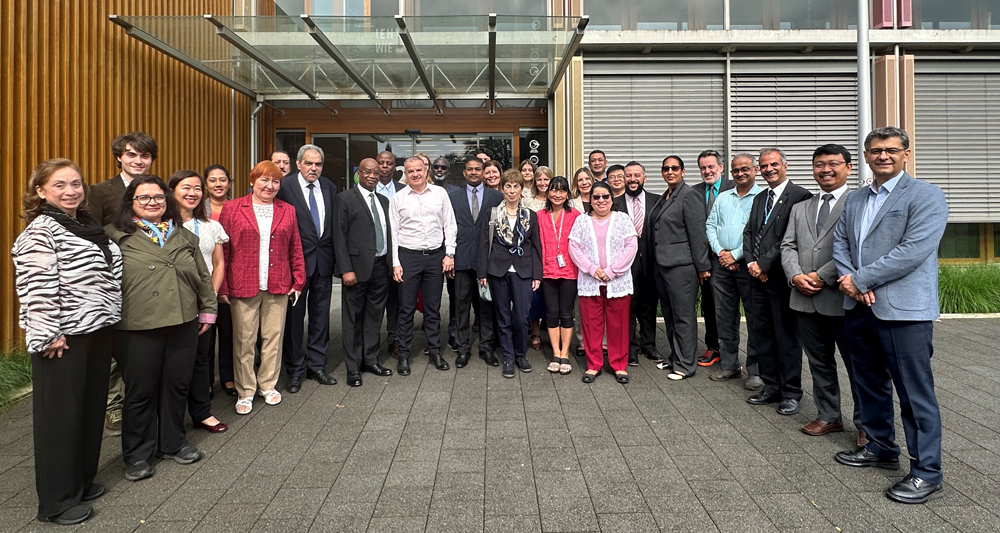 |
The Directors of the 23 Regional centres have gathered at the 13th Annual joint meeting to enhance cooperation and coordination between the regional centres under the Basel and Stockholm conventions. The meeting provides an opportunity to exchange experiences and enhance synergies in the delivery of technical assistance for the implementation of the Basel, Rotterdam and Stockholm Conventions.
The Directors of the Basel and Stockholm Conventions Regional Centres gather in Geneva from 21-22 June 2024
|
 |
Addressing amendments from COP.4 to COP.9, Tonga has transmitted its updated National Implementation Plan, or NIP on 4 June 2024.
Tonga transmits its updated national plan for implementing the Stockholm Convention
|
 |
Addressing amendments made at COP-9, COP-10 and COP-11, Denmark has transmitted its updated National Implementation Plan, or NIP on 27 May 2024.
Denmark transmits updated National Implementation Plan to reflect amendments made at Stockholm Convention
|
 |
Addressing amendments made at COP-8, COP-9, COP-10 and COP-11, Czech Republic has transmitted its updated National Implementation Plan, or NIP on 26 April 2024..
Czech Republic updates its national plan for implementing the Stockholm Convention
|
 |
Addressing amendments made at COP-4, COP-5, COP-6, COP-7, COP-8, and COP-9, Peru has transmitted its updated National Implementation Plan, or NIP on 18 April 2024.
Peru updates its national plan for implementing the Stockholm Convention
|
 |
Questionnaires have been sent to Parties, to assess their technical assistance needs, as well as abilities to offer technical assistance.
Calling all Parties to respond the BRS Secretariat with their technical assistance needs by 31 May 2024
|
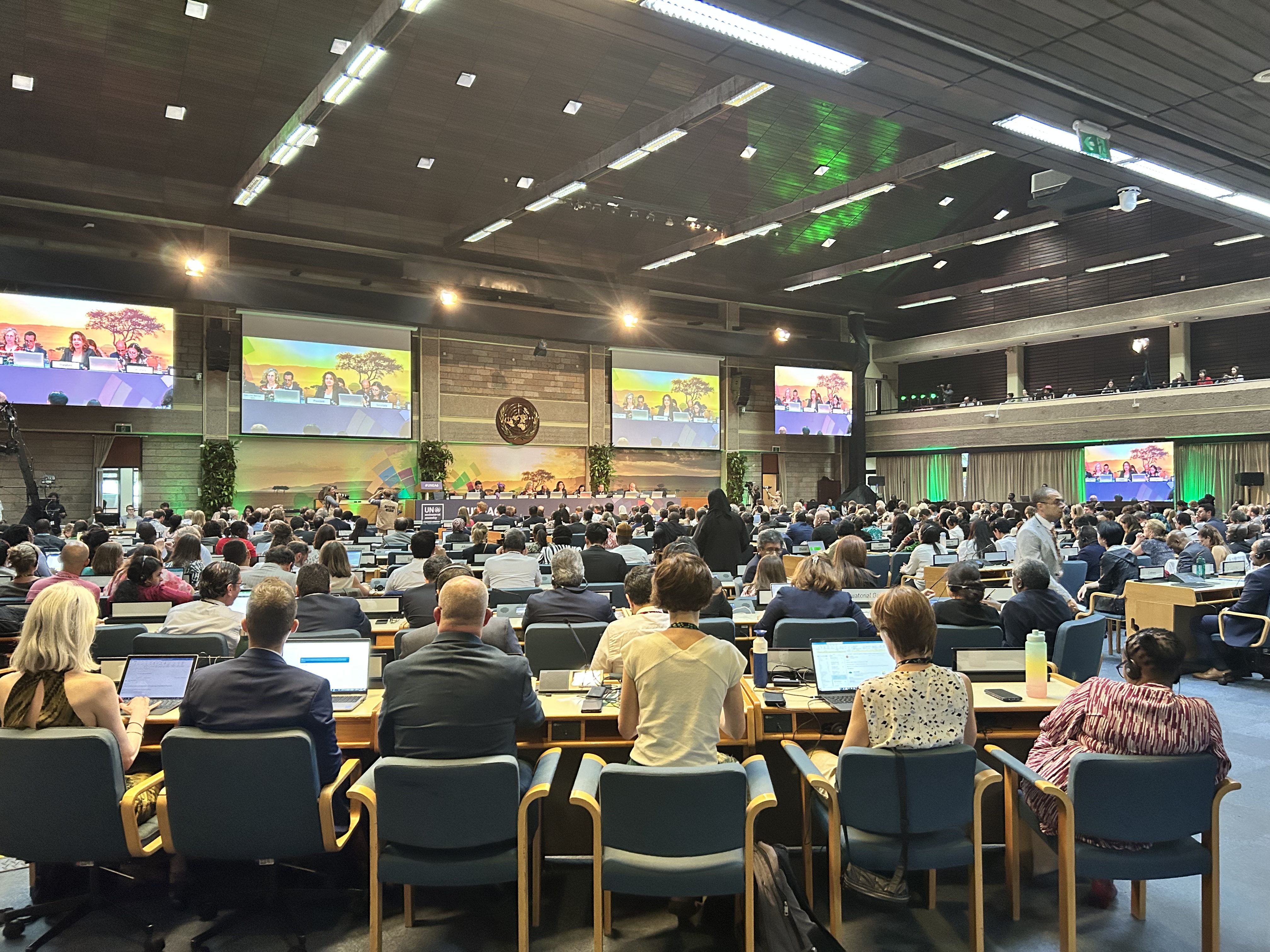 |
The sixth session of the United Nations Environment Assembly (UNEA-6) concluded with adopting 15 resolutions advancing collaboration action on the triple planetary crisis.
Environmental multilateralism celebrated at UNEA-6
|
 |
The 2023 meeting of the Conference of the Parties to the Stockholm Convention added three new chemicals - Dechlorane Plus, methoxychlor and UV-328 - to the Annex A to the Convention.
Official communication of 2023 Amendments on Dechlorane Plus, methoxychlor and UV-328
|
 |
Climate change and pollution often have joint sources and exert combined and mutually reinforcing pressures on the environment and human health.
Side event: Decarbonization and Detoxification: Opportunities for Integrated Actions
|
 |
The Secretariat of the Basel, Rotterdam and Stockholm conventions will participate in the upcoming UNEA-6 to show case the contributions of the BRS conventions to tackle the triple planetary crisis and to attain the SDGs, while highlighting ongoing cooperation with UNEP.
BRS Secretariat at UNEA-6
|
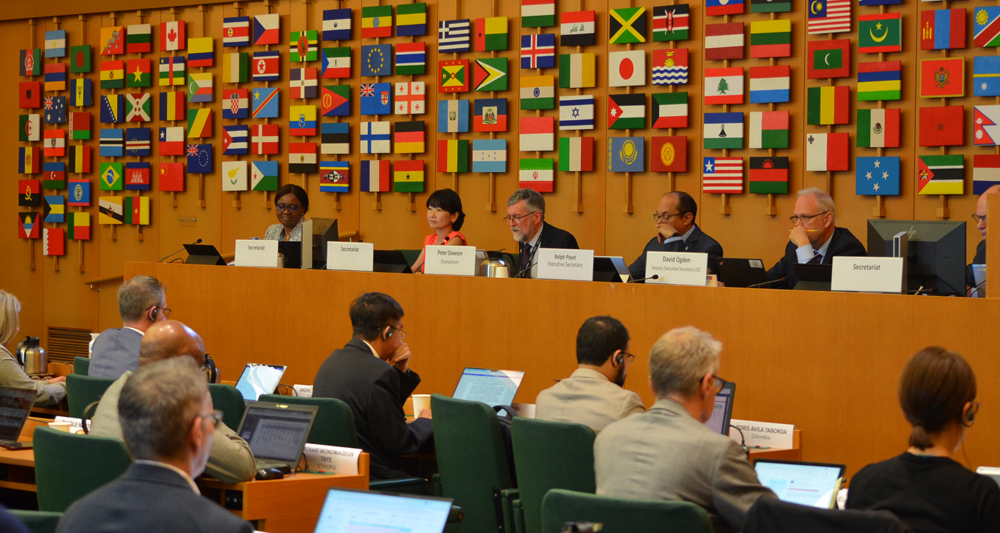 |
The final version of the report of the nineteenth meeting of the Persistent Organic Pollutants Review Committee is now available in all 6 UN languages.
POPRC-19 meeting report in languages now available
|
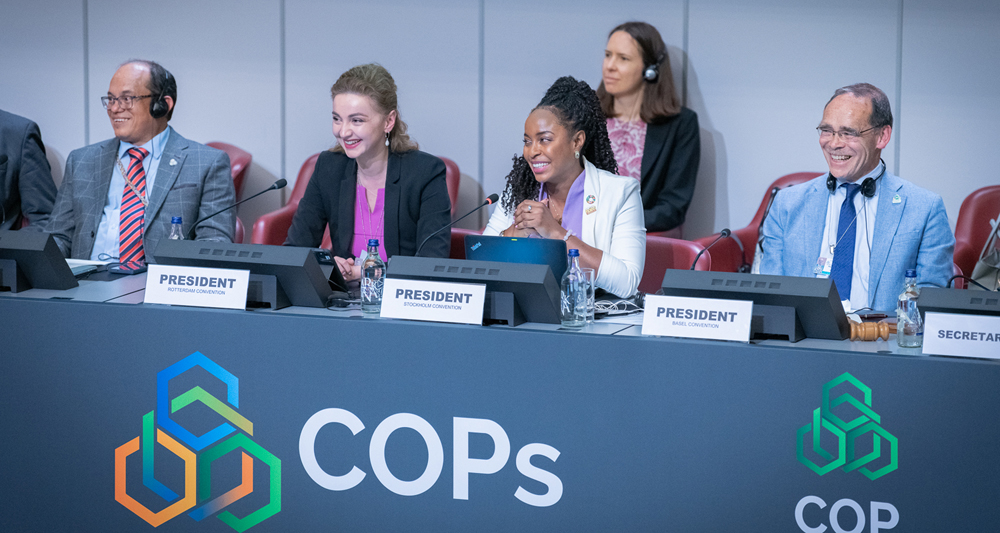 |
The final version of the report of the Stockholm Convention COP-11 is now available in all 6 UN languages.
COP-11 meeting report in languages now available
|
 |
Addressing the initial 12 POPs, Bahrain has transmitted its initial NIP.
Bahrain transmits its national plan for implementing the Stockholm Convention
|
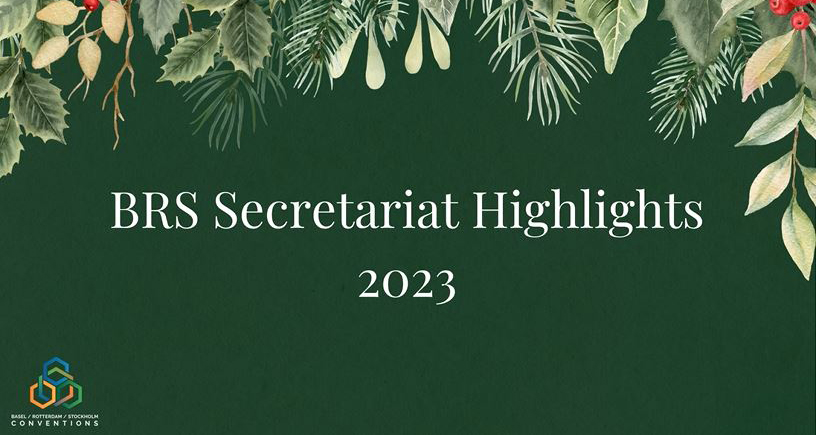 |
As we look back on 2023, the BRS Secretariat is proud to share with you some of the key highlights that has made this year a special one!
BRS Secretariat Highlights of 2023
|